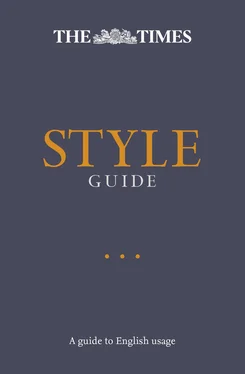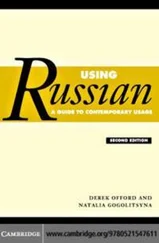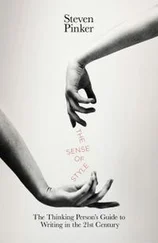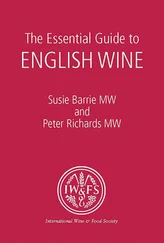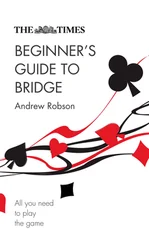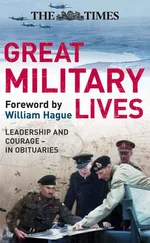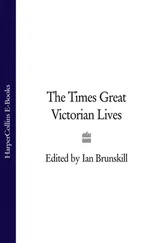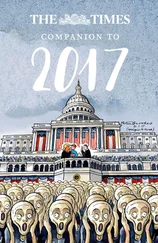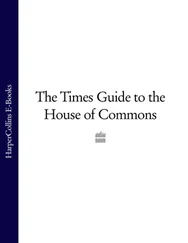For examples see the lists under food and drink, animals and birds, dogs, cheeses, wines etc. They are not exhaustive. They undoubtedly contain some expressions where the capital letter may seem otiose; the question to ask then is whether the needless capital in those phrases is more irritating than a missing capital would be in the rest.
God Cap when referring to the deity of monotheistic religions. No need for he, his, him to take cap unless there is a risk of confusion. Where there are many gods, use lower case, as in the Greek gods (or eg the Greek god of war).
When spelling out capitalised abbreviations such as CAP (common agricultural policy) use lower case.
Compass points and other terms indicating location except in proper place names, these are now generally lower case: east London, central London, west Africa, eastern Europe etc. See entries below
capsizeis spelt thus. See -ise, -isation
captionsare often read before the reports to which they relate. They need to make sense on their own, and to explain as much of the story as space allows. It is surprising how often this basic journalistic principle is overlooked. They should be clear, informative and, where appropriate, witty; they should make the reader want to go on to read the story. What they must not be is pointless or dull. Do not state the obvious. Readers can see the photograph for themselves; there is no need to describe what it quite clearly shows; say something useful or interesting about it instead. Dismal local-paper caption clichés — sharing a joke, in happier times etc — are banned.
Style in captions When a caption covers two or more images it should start with the main one. When space is tight, especially on single-column “mugshots”, the name may be just the surname, even when the person is titled, eg Sir Marcus Fox would be simply Fox, as in headlines. Where women are photographed be sensitive: readers complain about our omitting the Christian name, especially in court cases where the woman is the victim. Where possible give the woman’s full name, although this is not a hard-and-fast ruling.
When identifying faces with left and right etc, use commas rather than brackets (eg Fred Smith, left, and his wife, Jean, leaving the court); make the identification in the caption fit the sequence of faces (left to right) in the photograph. Words such as “pictured” and “inset” should be redundant. Note that, as in text, double quotation marks are used in captions, including narrow-measure captions next to narrow-measure illustrations. Don’t tie yourself in knots trying to link lots of pictures in a single caption of continuous prose; if it can be done, and done elegantly, so much the better; if not, opt for clarity instead and link separate caption elements with semi-colons
carabiniere(lower case), an Italian police officer; plural carabinieri
carata measure of purity in gold (24-carat is 100 per cent); in precious stones and pearls, a measure of weight. The international carat is standardised at 200mg (0.2g; about 7/1000th of an ounce)
car boot saleno hyphen
carcass
cardholder
cardiac arrestnot synonymous with heart attack ; check which is meant, and do not change one to the other
careento sway or cause to sway dangerously over to one side; too often confused with career , to move swiftly along, rush in an uncontrolled way
care home companyetc no need to hyphenate
cargoprefer cargos as the plural
carmakerone word
car parktwo words; multistorey car park
carpetbaggerone word
casewas “an overworked word” in the 1959 edition of this guide; it still is
cashcardin general sense; cashflow, cashback
cash for honours, cash for peeragesno need for quotes for these two phrases; but they do need hyphens when adjectival, eg the cash-for-honours inquiry, the cash-for-peerages affair
Cashpointis Lloyds Bank’s trademarked cash machine system, so takes the cap and must not be used generically; in the general sense, use cash dispenser or cash machine , or less formally, hole in the wall
Castilian( castellano ) is the standard spoken and literary Spanish of Spain; Catalan is the distinct language of Catalonia
casualtiesbe cautious in use of early and unconfirmed estimates of casualties in instances of terrorism, militia gunfights or disasters. Give the estimate’s source where possible, and be aware of politically inspired exaggeration
catapultnot catapault
Catch-22there is a hyphen in the title of Joseph Heller’s 1961 satirical novel; avoid altogether the grossly overworked cliché Catch-22 situation
catchphraseone word
cathedralscap when giving the full name, eg St Paul’s Cathedral, Wells Cathedral; similarly the names of churches, eg St Mary’s Church, Ely, unless we know that the church name specifically excludes it, eg St Stephen’s, Ely
Catherineone of those names that should always be checked: Catharine, Katherine, Katharine, Kathryn etc are all possible. cf Alistair
Catholicin church context, say Roman Catholic at first mention if necessary to make clear that this is what is meant. Eg if there could be confusion with Eastern rite churches or with those Anglicans who call themselves Catholic. Otherwise, if context is clear, just say Catholic
CAT scanto avoid confusion, exceptionally keep caps in this acronym; not Cat scan
cat’s eyesshould preferably be called reflecting roadstuds. Catseye is a trademark
caviarno final e
CBIno need to spell out as Confederation of British Industry
ceasefire
ceilidhsocial gathering (Highland)
Cellophaneis proprietary, so cap
celsius, centigradeuse either term. In news stories use centigrade first then fahrenheit in brackets at first mention, eg “The temperature rose to 16C (61F).” Take great care with conversions, which often seem to go wrong
censuslower case even in specific cases, such as the 1901 census, the 2001 census
centenarianalso septuagenarian, octogenarian, nonagenarian
centenariesuse centenary, bicentenary, tercentenary ; after that, say four-hundredth anniversary or five-hundredth anniversary
central Europewith lower case c; also central London etc; likewise northern Europe, southern Europe . Use lower case also for eastern and western Europe except in historical context of the Cold War, but Central America needs cap for clarity
centre, theas with (the) left and (the) right, use lower case in political context unless clarity demands a cap. Similarly for compound nouns, the centre left, the centre right, and for adjectives, a centre-left politician with a rightwing policy
Centre Courtat Wimbledon upper case; likewise No 1 Court, No 14 Court etc
centrepieceno hyphen
centringbut centering of arches in bridge-building
centuriesthe style is the 3rd century BC, the 9th century, the 18th century etc; and adjectivally with the hyphen, eg 20th-century architecture
Читать дальше
